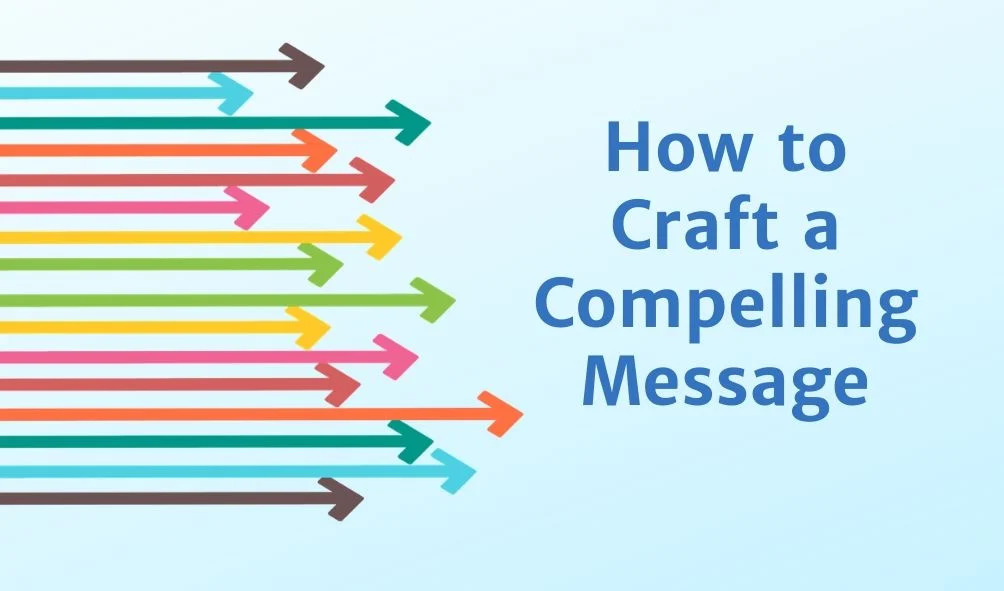
When it comes to growing a business, marketing isn’t just about what you sell—it’s about how you communicate. You can have the best product or service in your industry, but if your message doesn’t connect with your audience’s needs, you’ll struggle to see meaningful growth.
In our Ultimate Guide to Growth Strategy for Businesses, we highlighted that strong messaging is one of the cornerstones of customer acquisition and retention. Here, we’ll dive deeper into how you can craft a compelling message that resonates, engages, and converts.
Why Messaging Matters in Business Growth
Your business message is more than a tagline—it’s the promise you make to your customers. A clear, compelling message helps:
- Differentiate your business from competitors
- Build trust and credibility
- Speak to the emotional and practical needs of your audience
- Drive conversions and long-term loyalty
In a crowded market, the right message makes you memorable.
Step 1: Understand Your Audience’s Pain Points
Every strong message starts with the customer. What problems keep them up at night? What goals are they chasing?
- Conduct surveys and interviews to hear their challenges in their own words.
- Leverage analytics tools (like Google Analytics or Hotjar) to uncover behavioural trends.
- Listen to online conversations in forums, reviews, or social media to spot recurring themes.
When your audience feels “this business gets me,” they’re more likely to trust your solution.
Step 2: Focus on Benefits, Not Just Features
Features describe what your product does. Benefits explain how those features improve your customer’s life.
For example:
- Feature: “Our CRM tool has automated reminders.”
- Benefit: “Never miss a follow-up again—build stronger client relationships effortlessly.”
Customers want to know how your product solves their problems, not just what it is.
Step 3: Keep It Simple and Clear
The best messages are easy to understand and remember. Avoid jargon, buzzwords, or overcomplication. A good test: could someone repeat your core message to a friend after hearing it once?
Use the “So What?” test, every statement should answer why it matters to your customer.

Step 4: Speak to Both Logic and Emotion
Great messaging appeals to both the rational and emotional sides of decision-making.
- Logical appeal: Cost savings, efficiency, quality.
- Emotional appeal: Peace of mind, pride, belonging.
Blend the two, and you’ll speak to your audience’s head and heart.
Step 5: Test and Refine Your Message
Messaging isn’t set in stone. Run A/B tests on email subject lines, ad copy, or landing pages to see what resonates most. Use data to refine and strengthen your message over time.
Examples of Compelling Messaging in Action
- Apple: Doesn’t just sell phones—it sells creativity and empowerment.
- Nike: Goes beyond shoes to inspire with “Just Do It.”
- Slack: Positions itself not as a chat tool, but as “where work happens.”
Each brand connects its message to the deeper needs and aspirations of its audience.
Crafting a compelling message is about alignment, connecting what your business offers with what your audience truly needs. It’s not a one-time task, but an ongoing process of listening, refining, and speaking clearly.
